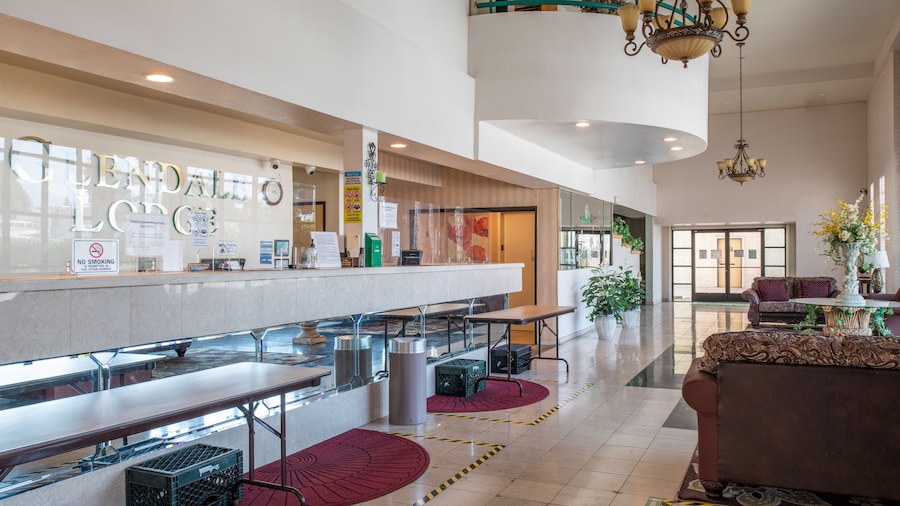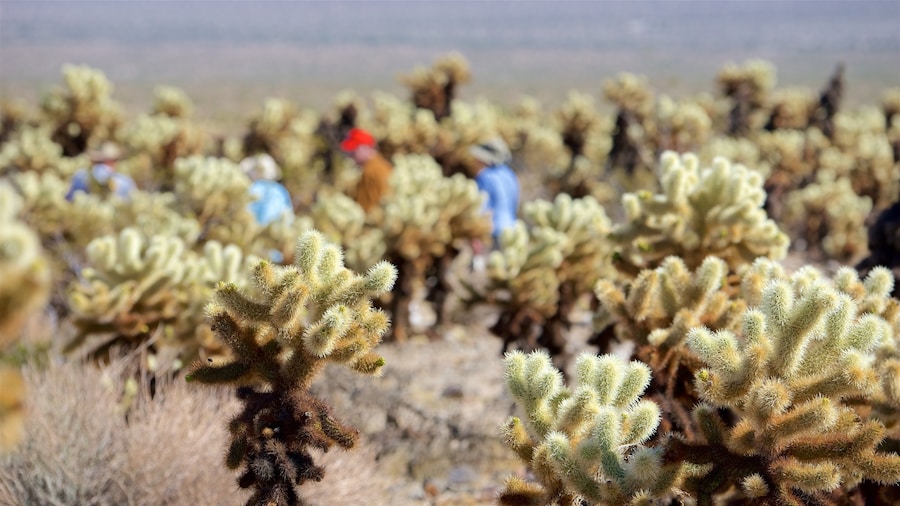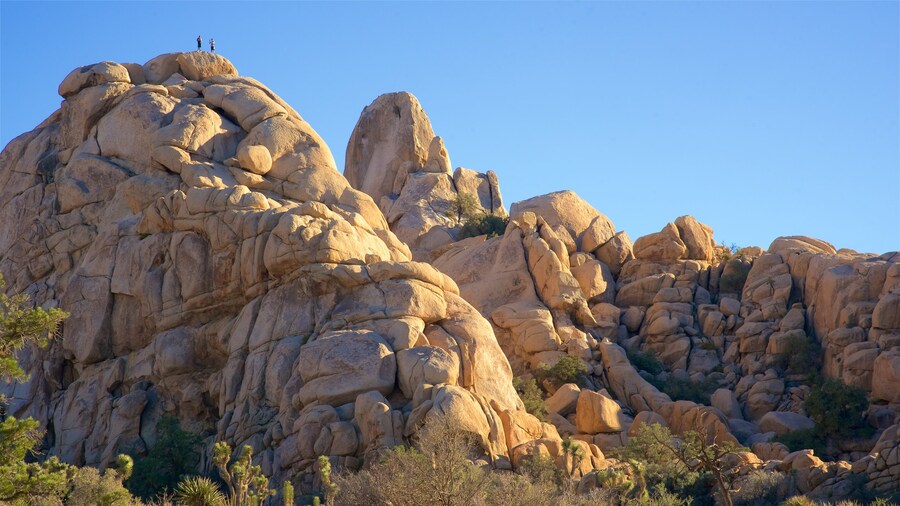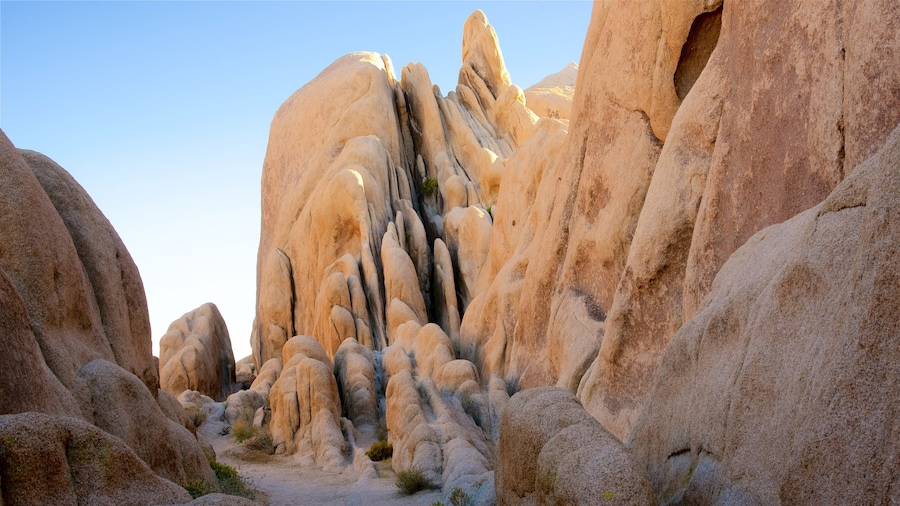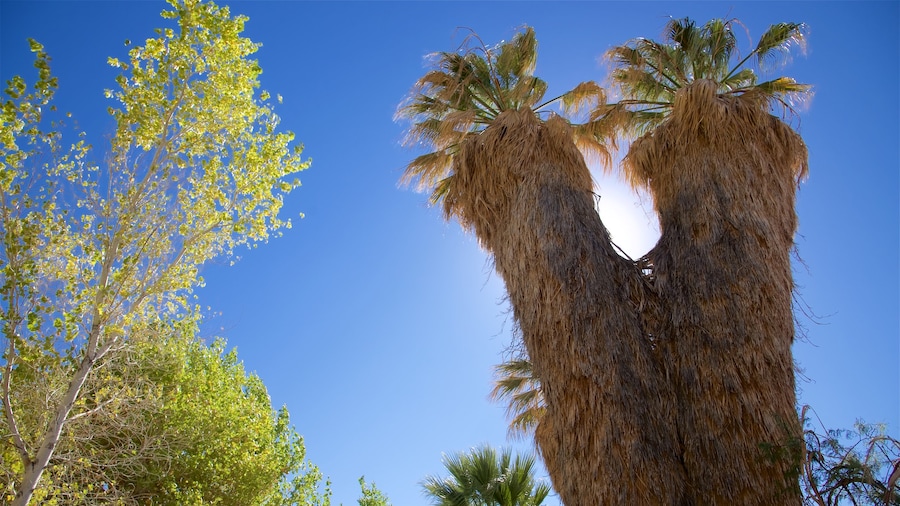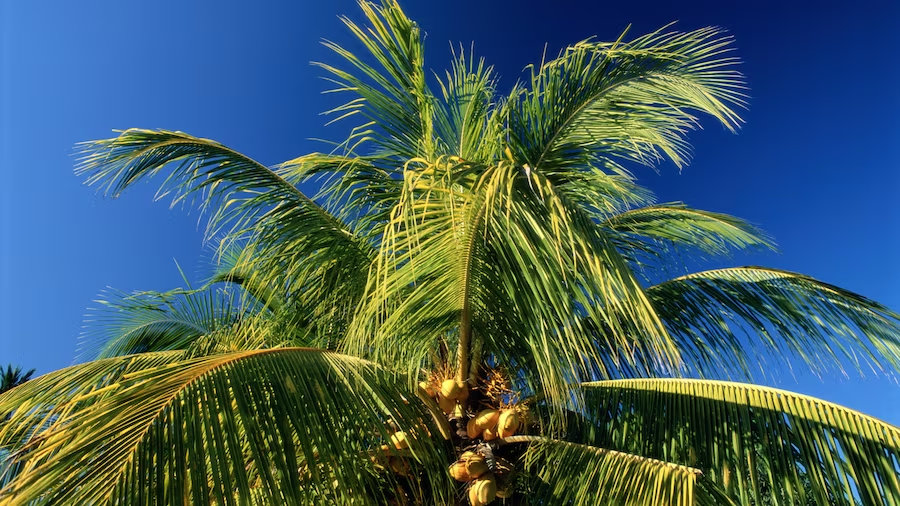Few places in the world combine high and low desert flora, fauna and geology like this breathtaking expanse of preserved wilderness.
As you drive through the arid landscape of Southeastern California, Joshua Tree National Park announces itself as unmistakably as the limbed and spiky plant that gives it its name. The park features Joshua trees throughout the higher Mojave Desert and shrubbier creosote plants where it spans the lower Colorado Desert. The entire park’s rocky, hilly landscape makes it ideal for backpacking, climbing and wildlife spotting.
The best way to explore the rough terrain of Joshua Tree is hiking. Spend a day on the 7.2-mile (11.6-kilometre) Lost Palms Oasis Trail, where bighorn sheep roam. Marvel at the results of millions of years of mineral erosion in Old Woman Rock or Ryan Mountain. Explore Lost Horse Mine, one of the best-preserved gold and silver extraction sites in America. Even if you are a late riser, wake up before dawn at least once to see a Joshua Tree sunrise from a high peak.
Bring your rock-climbing gear and scale the face of an immense boulder. Track lizards, mule deer or 239 species of bird. Mountain bike or horseback ride on trails where wildflowers bloom in spring. On your recovery day, the Geology Motor Tour packs a number of Joshua Tree’s glorious views into a 2-hour drive. When the day is over, gaze up to see a perfectly starry sky.
When you first arrive, stop by the Joshua Tree Visitor Centre to acquire park passes and get familiar with the park’s Leave No Trace policy. Permits are available for campgrounds inside the park. Hotels, motels and short-stay rental houses surround the park’s entrances. Camping supplies and groceries can be purchased at stores outside the park and nearby cafés and diners serve meals.
From Los Angeles Joshua Tree National Park is a 140-mile (225.3-kilometre) drive east. From San Diego it is a 175-mile (281.6-kilometre) drive northeast. It’s worth the long drive and you may find yourself not wanting to leave this world-renowned desert oasis.







